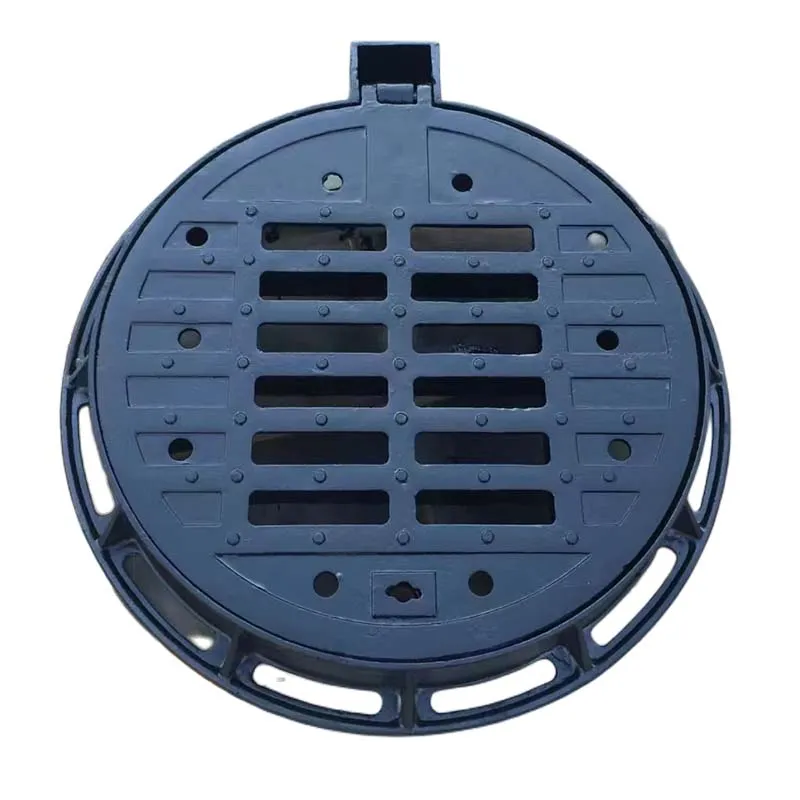Air Tank Release Valve - Efficient Pressure Control Solutions
Understanding Air Tank Release Valves Function, Importance, and Safety Considerations
Air tanks, commonly used in various applications ranging from industrial settings to home garages, are essential for storing compressed air. However, the safety and functionality of these tanks are heavily reliant on the proper operation of air tank release valves. This article explores the purpose, significance, and safety considerations associated with air tank release valves.
What is an Air Tank Release Valve?
An air tank release valve is a critical component that controls the release of compressed air from an air tank. Typically located at the top of the tank and operated manually or automatically, these valves serve to relieve excess pressure, ensuring that the air tank operates within safe limits. The design of these valves can vary, but most commonly, they are spring-loaded or pilot-operated.
Purpose and Functionality
The primary function of an air tank release valve is to maintain safety by preventing the tank from exceeding its maximum pressure rating. When the pressure in the tank becomes too high, the valve opens, allowing air to escape until it reaches a safe level. This function is crucial as excessive pressure can lead to catastrophic failures, including explosions, which can pose significant risks to personnel and property.
Additionally, release valves facilitate the efficient use of compressed air systems. By allowing for controlled evacuation of air, they can assist in managing operational requirements in various applications such as pneumatic tools, paint sprayers, and air brakes in vehicles.
Importance of Regular Maintenance
air tank release valve

Maintaining air tank release valves is essential for ensuring consistent performance and safety. Regular inspections should be conducted to check for signs of wear, corrosion, or malfunction. A faulty valve could either fail to open in an overpressure scenario or, conversely, leak air, which can compromise the system's efficiency.
Users should familiarize themselves with the specifications of their air tanks and release valves, ensuring they understand the proper operating pressures. Owners may also benefit from periodic testing of the release valve operation to verify its responsiveness, ensuring that it opens and closes correctly when needed.
Safety Considerations
While air tank release valves are designed with safety in mind, users must adhere to best practices. It is vital to never exceed the maximum pressure rating of the air tank, as repeated over-pressurization can damage the tank and its components. Additionally, operators should avoid modifying or replacing valves with non-recommended parts, as this can compromise integrity and safety.
Safety gear, including goggles and gloves, should be worn when working with compressed air systems. Users should also be trained to understand how to operate the equipment safely and recognize symptoms of potential valve failure, such as unusual noises or irregular pressure readings.
Conclusion
In conclusion, air tank release valves play a vital role in the safety and efficiency of compressed air systems. Understanding their function, maintaining them regularly, and adhering to safety guidelines are crucial steps that users must take to protect themselves and their equipment. Proper care and attention to these valves not only uphold operational standards but also significantly reduce the likelihood of accidents, ensuring a safe working environment. Emphasizing the importance of these components will lead to a more efficient and secure use of compressed air in various applications.
-
The Smarter Choice for Pedestrian AreasNewsJun.30,2025
-
The Gold Standard in Round Drain CoversNewsJun.30,2025
-
The Gold Standard in Manhole Cover SystemsNewsJun.30,2025
-
Superior Drainage Solutions with Premium Gully GratesNewsJun.30,2025
-
Superior Drainage Solutions for Global InfrastructureNewsJun.30,2025
-
Square Manhole Solutions for Modern InfrastructureNewsJun.30,2025
-
Premium Manhole Covers for Modern InfrastructureNewsJun.30,2025
